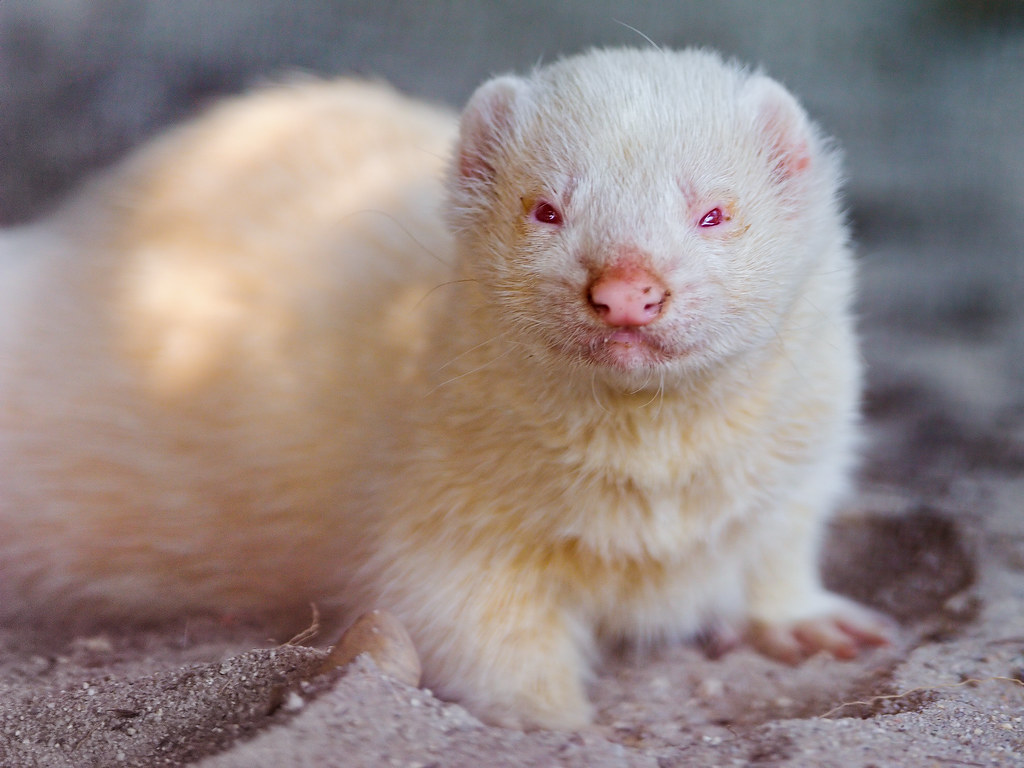
What Is Albino Cannabis? – Seedsman Blog
If you’re a regular scroller of weed content on social media, chances are you’ve come across albino cannabis plants. These rare and spectacular-looking white cannabis plants draw gasps of awe and curiosity in equal measure. But what is albino cannabis? What causes it, and can you grow your own? We have the answers you seek.
Albinism Defined
The mechanisms controlling this phenomenon are not well understood. We know that albinism is a relatively rare event that can happen in nature, but not as uncommon as many believe. It can manifest in humans, animals and plants; when it does, the most apparent signs manifest in physical appearance.

If you’ve ever seen albinism in humans or mice, the most common symptoms are a beautiful and striking white appearance on the skin. This is usually accompanied by very light blonde or completely white hair. It’s essentially the result of a lack of melanin, the pigment that dictates the skin, hair and eyes colour. It can result in eye problems such as Photophobia, sensitivity to bright light and glare, and it’s here where the human condition and the plant condition merge somewhat.
The Role of Chlorophyll in Albino Plants
Albinism in plants is quite a rare occurrence. But where albinism in humans is due to a lack of melanin, plant albinism is due to a lack of chlorophyll. Like melanin, chlorophyll is a pigment and the one responsible for the green colour in leaves and other parts of the plant encouraged during the process of photosynthesis.
During photosynthesis, plants convert light into sugars to provide the energy plants need to thrive. But chlorophyll does much more than simply dictate the plant’s green colour – it’s vital to its survival. Rather than the typical healthy-looking green plant, albino marijuana plants take the appearance of white leaves and white buds due to a lack of chlorophyll, as, without chlorophyll, there is no pigment to absorb the energy from the sun.

This translates to a plant without the ability to respond appropriately to light. As such, it’s as if the plant is constantly in the dark, which is why one of the main side effects of albinism is that many albino plants die before reaching maturity. Albinism is a genetic trait that can appear from the seedling stage, and this recessive genetic trait can weaken plants.
Therefore, the albino cannabis plants you may have seen online aren’t the result of skilled breeding techniques, top-secret growing techniques, or any form of magical plant foods. Albino cannabis has a massive genetic disadvantage. While it may look spectacular, it almost always indicates an unhealthy plant.
Environmental Factors in Albino Cannabis
It’s thought that only genetics play the significant role in causing albino weed. Growing medium, lights, and even temperature can contribute to a plant showing albino characteristics – particularly the white colour. For example, marijuana plants may take on an albino appearance due to light bleaching. This occurs when the plant gets too close to the light source, either by explosive growth or incorrect light positioning. The result is a bleaching effect, causing the uppermost area of the plant to display as white-looking.

However, despite the white appearance of your plants, if this is the case, they are unlikely true albino and more likely what’s known as false albino – where they appear white due to environmental factors rather than the albino gene.
Can Albino Cannabis be Grown Intentionally?
This is where it gets contentious. While albinism is a recessive genetic trait, some wonder if plant tampering can help you to engineer cannabis plants that are genuinely albino. After all, these plants are rare and, in some cases, sought-after due to their unique physical appearance.
It’s arguably possible that you can breed albino cannabis. After all, the hybridisation process can certainly eliminate or strengthen particular traits. To that end, an advanced breeder could effectively cultivate a cannabis strain that contains the genetic mutation that expresses albino traits.

But rather than ask, “can you?” the more pressing question is perhaps, “why would you want to?” Other than the visuals of the plant and making for some attention-grabbing photos, albino cannabis offers little benefit. Failing to reach maturity means more than white weed. It also means lower flower production, and few cultivators want that. Then there’s the potency issue that goes along with it.
The likely-shortened lifecycle and accompanying issues include a reduced ability to produce adequate levels of cannabinoids such as THC. This will likely render an albino cannabis plant a dud for most growers.
How To Avoid Albino Cannabis
Once you find a true albino on your hands, there’s not much you can do about it other than take some photos for posterity. Since albino plants struggle with photosynthesis, you’ll likely end up with slowed growth, reduced yields, and much lower potency.
Due to its nature as a genetic trait, the best way to avoid albino cannabis is to ensure you buy cannabis seeds with quality genetics, which means buying from a trusted seed bank like Seedsman.
Have you ever encountered albino cannabis or grown your own albino plant? Comment below, and share pics if you have any.
Cultivation information, and media is given for those of our clients who live in countries where cannabis cultivation is decriminalised or legal, or to those that operate within a licensed model. We encourage all readers to be aware of their local laws and to ensure they do not break them.
Source link












